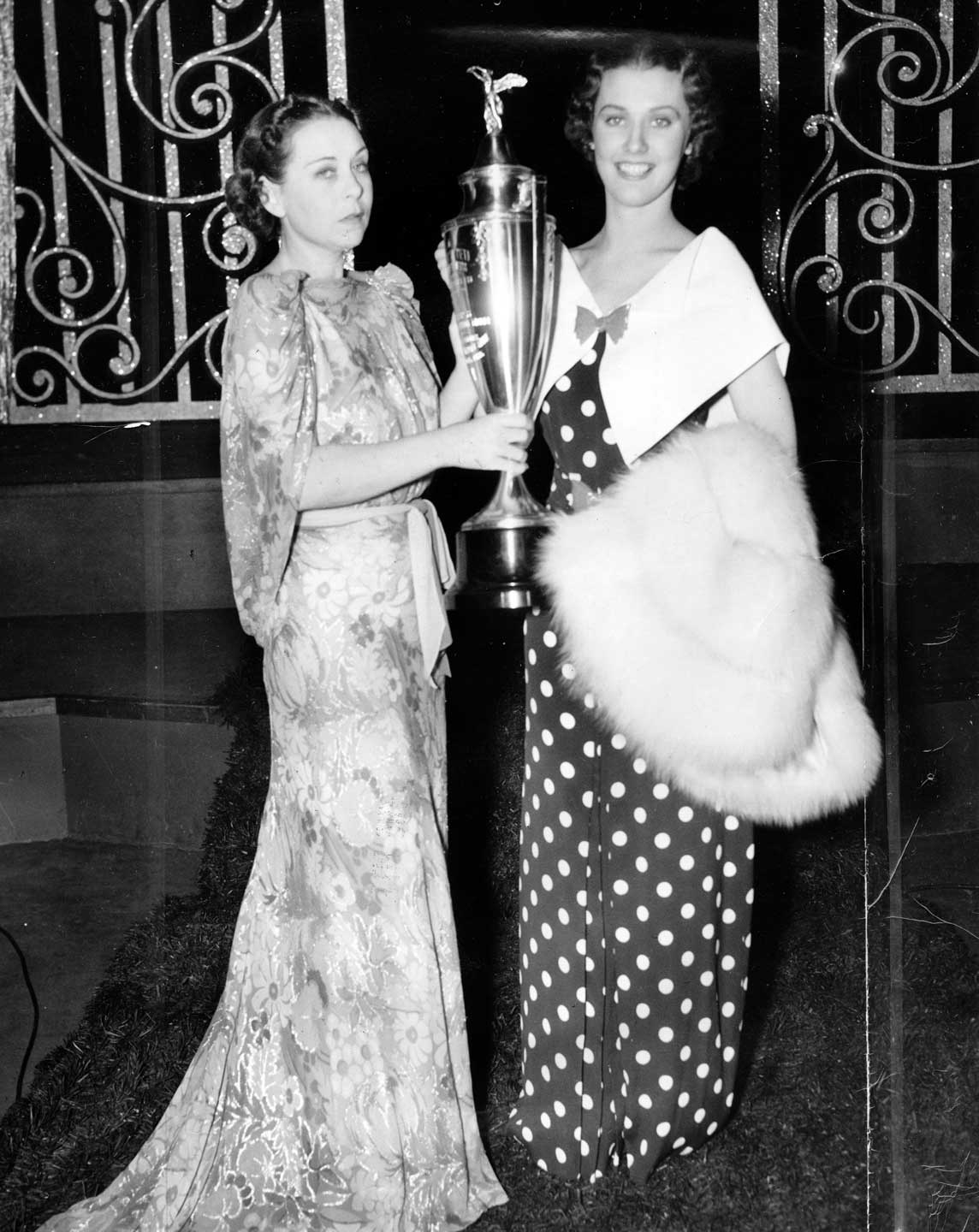Ronald Colman already had theatrical experience before he joined the London Scottish Regionals to fight in WWI. He had been a member of the West Middlesex Dramatic Society in 1908 to 1909 and debuted on stage in 1914. While fighting in the First Battle of Ypres, the Battle of Messines, on October 31, 1914, a piece of shrapnel tore through his ankle. "He managed to drag himself back to his own lines on his back, concerned that if he were to be killed, he didn't wish to be found with his back facing the enemy." (Ronald Colman in World War 1 and after) Colman served two more months until May 1915 when he was discharged from his injuries. By June 19th, 1916, he was back on stage playing a black-faced herald in the short sketch "The Maharani of Arakan" alongside Lena Ashwell at the London Coliseum. But through his four years of playing the London and Broadway stages, Colman had never played Shakespeare and was uncomfortable taking any Shakespearean roles.
Colman was still uncomfortable when Universal International approached him to play Anthony John in "A Double Life" (1947) when writers Garson Kanin and wife Ruth Gordon couldn't get Laurence Olivier. He almost turned down the script before director George Cukor and the Kanins convinced him the role would be guaranteed an Academy Award win no matter who played John and they would help him. At this point, Colman had been only nominated for two silent films and "Random Harvest" (1942), but had never won. George Cukor went as far as to hire Shakespearean theater actor Walter Hampden to coach him and to stage the "Othello" scenes in sequence so Colman could focus on playing the title role separately of the slowly driven mad John. Colman would consider Anthony John his most satisfying film
Links to Check Out
Ronald Colman



.jpg)








